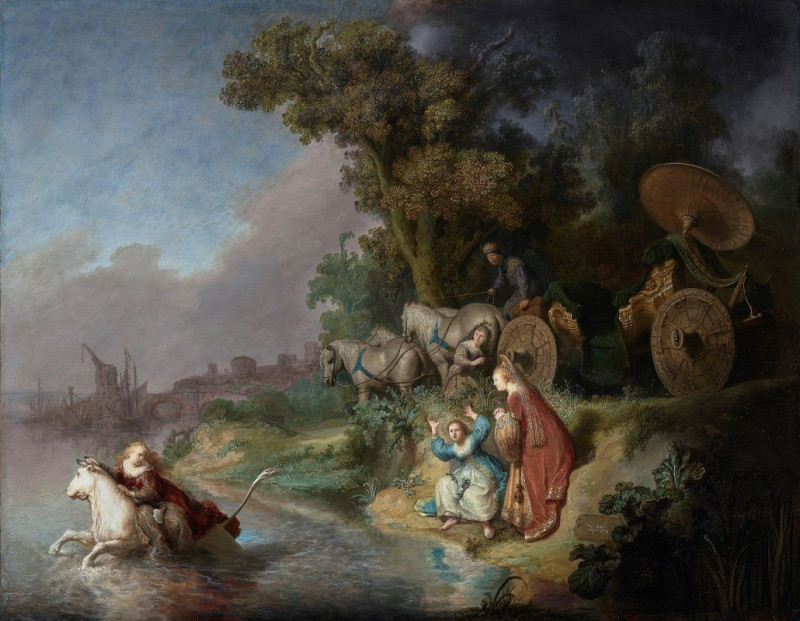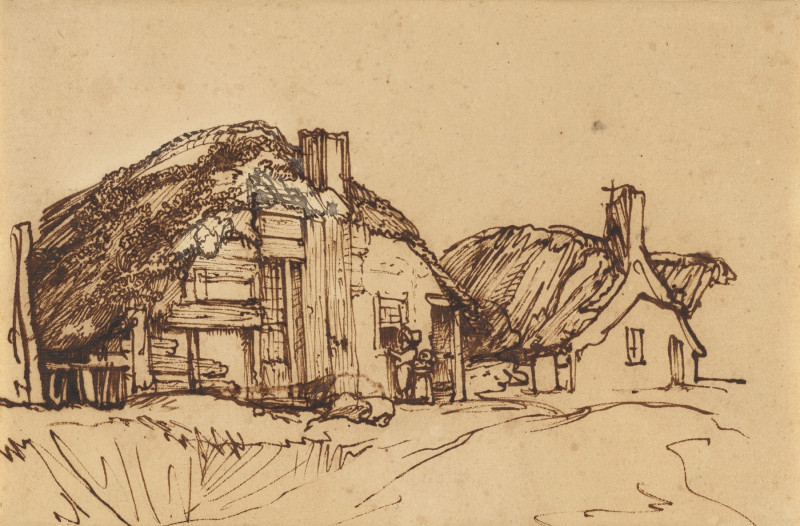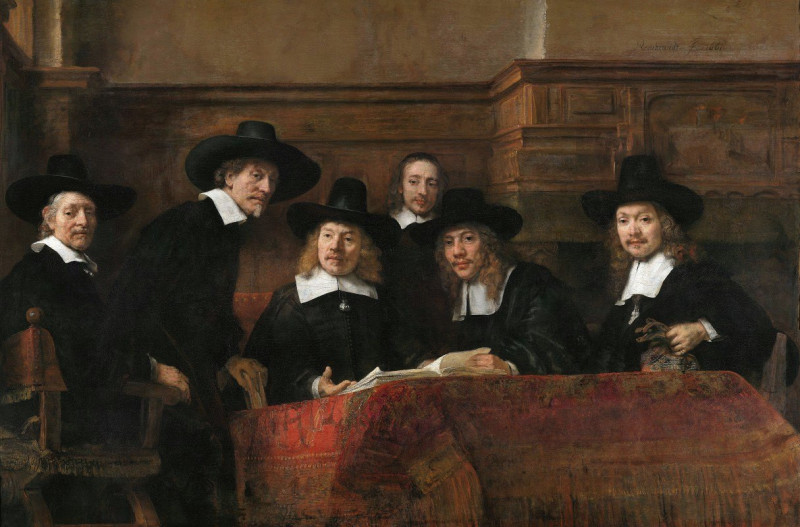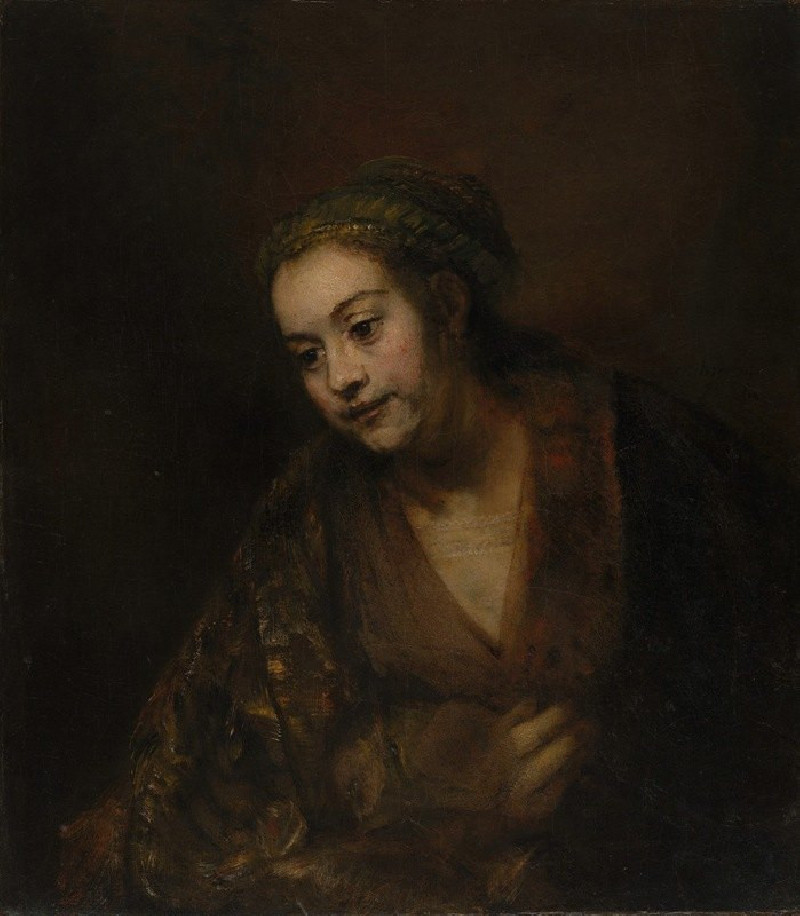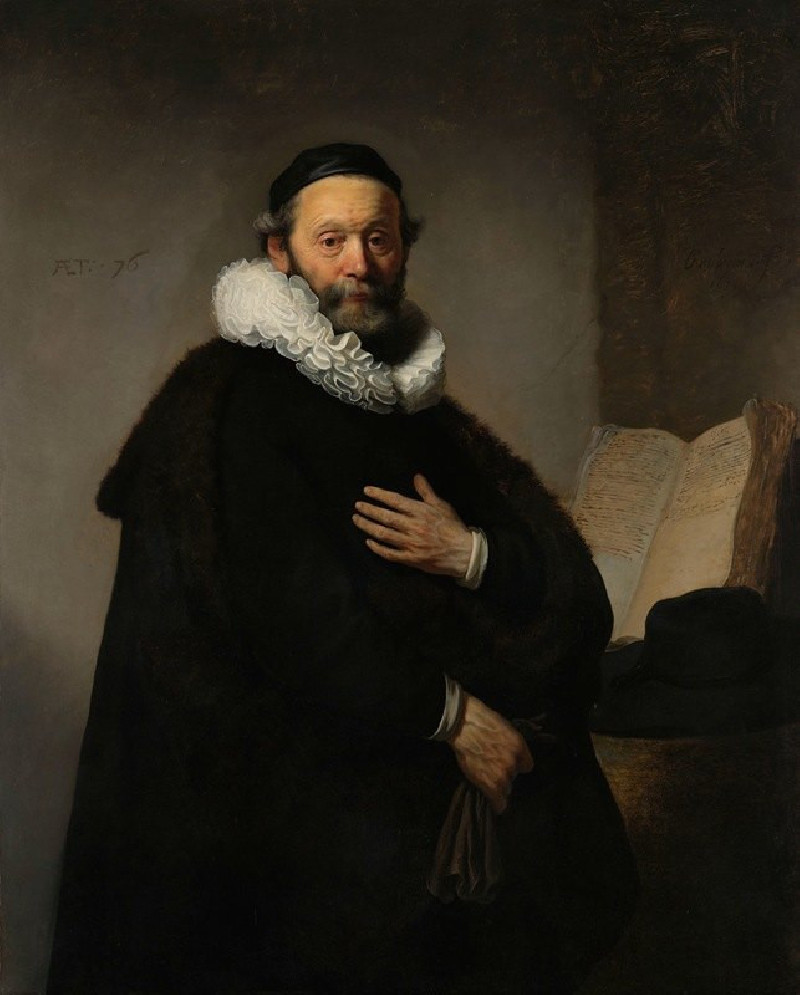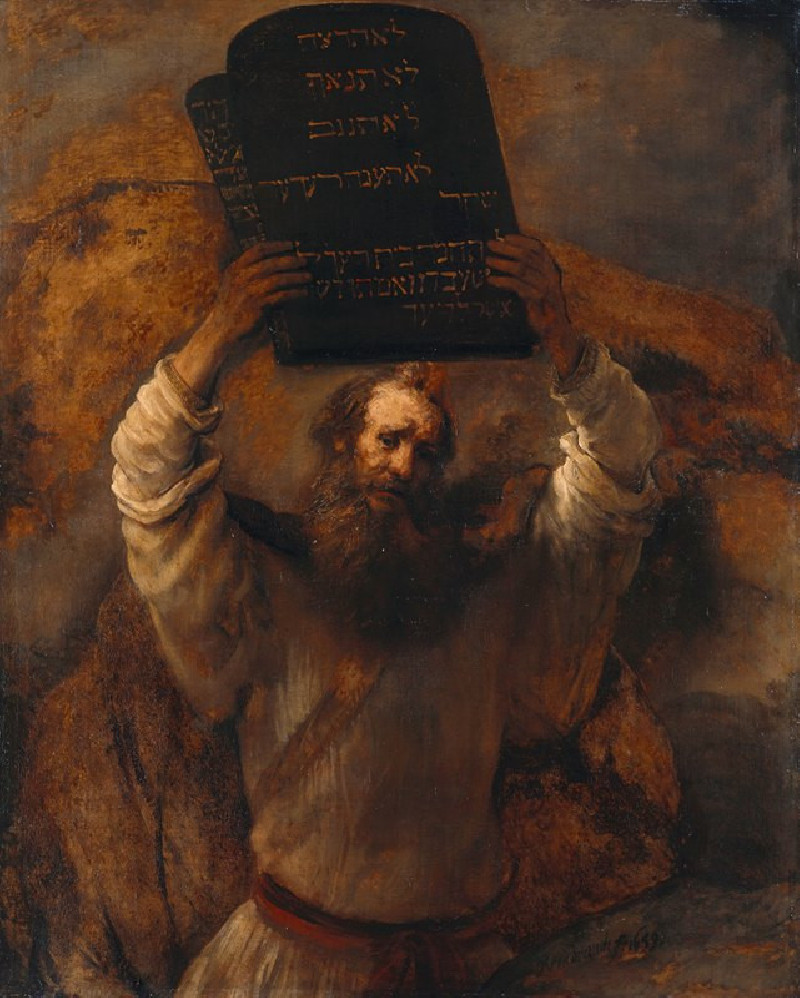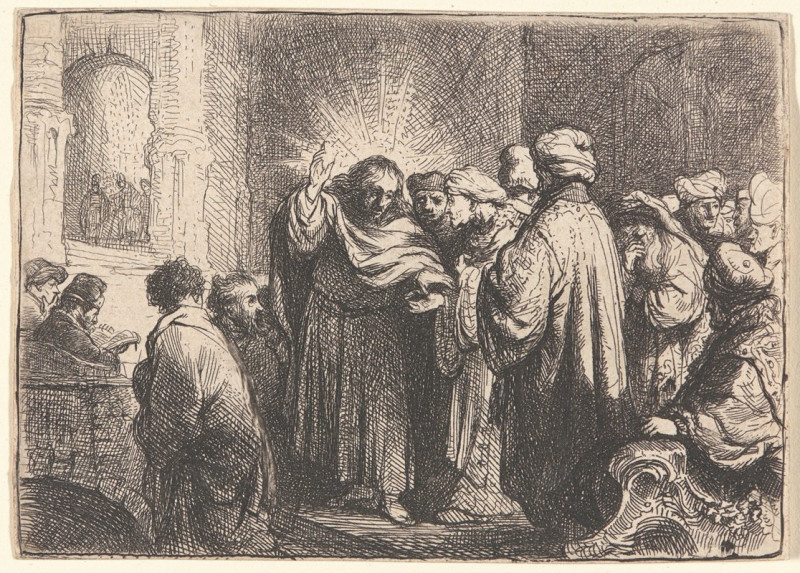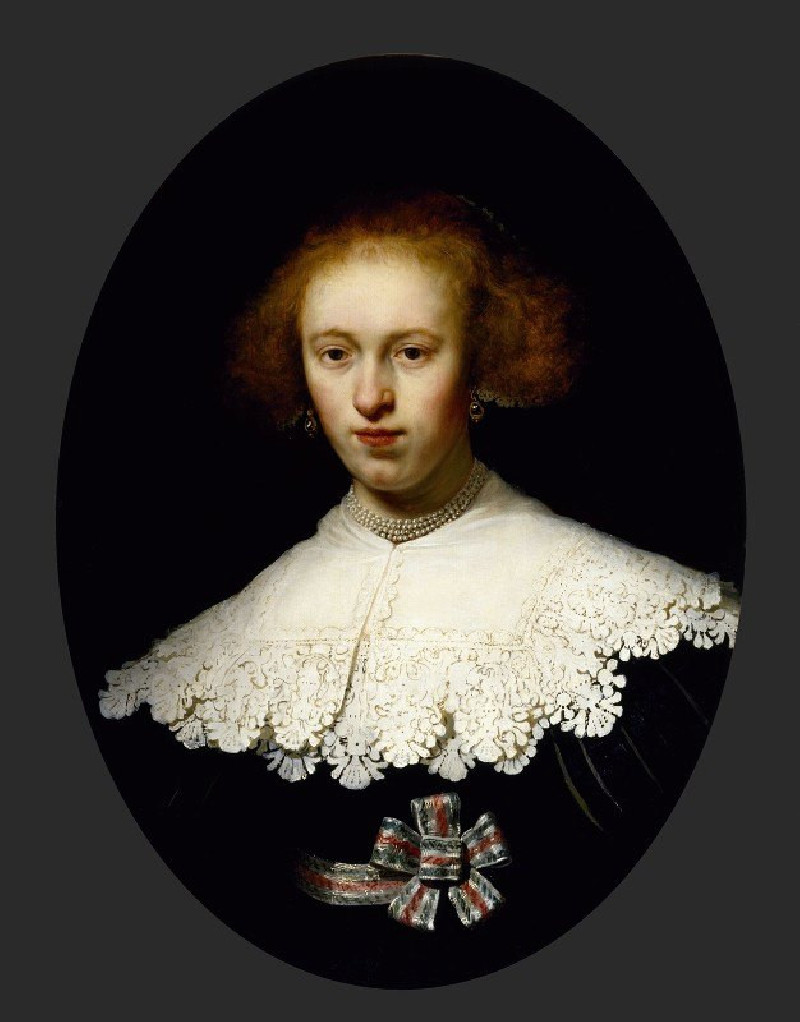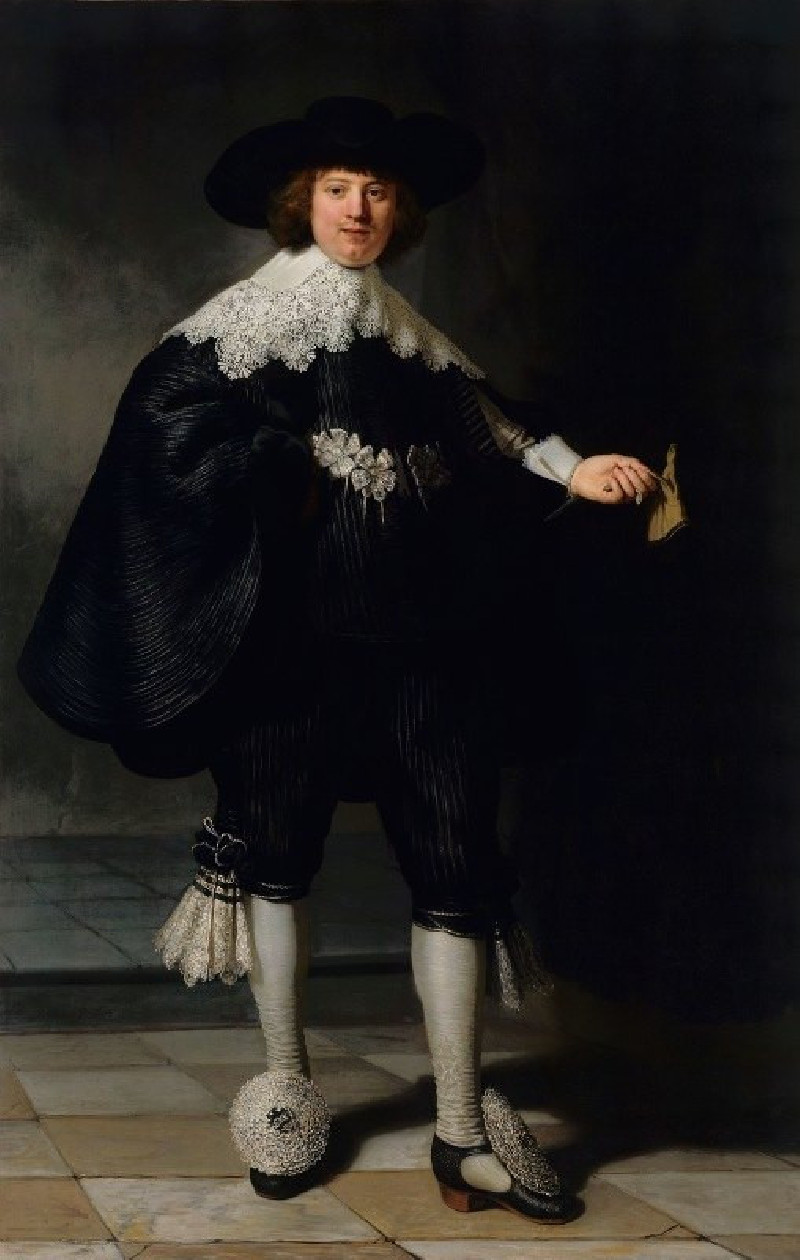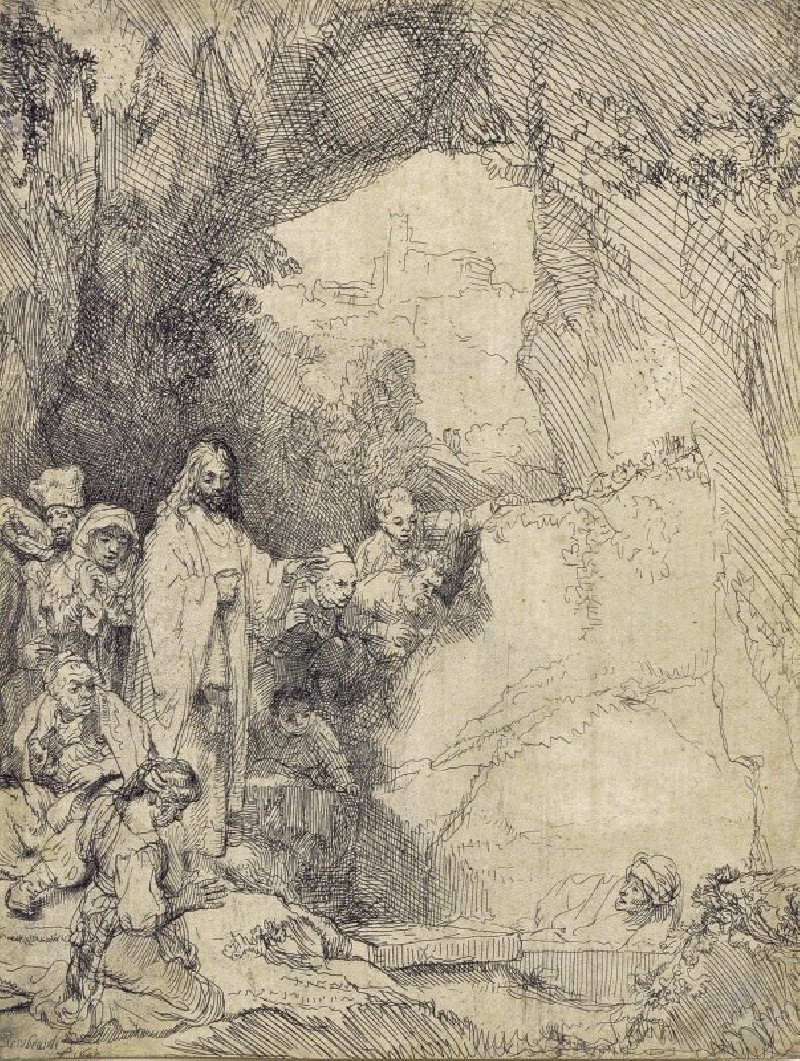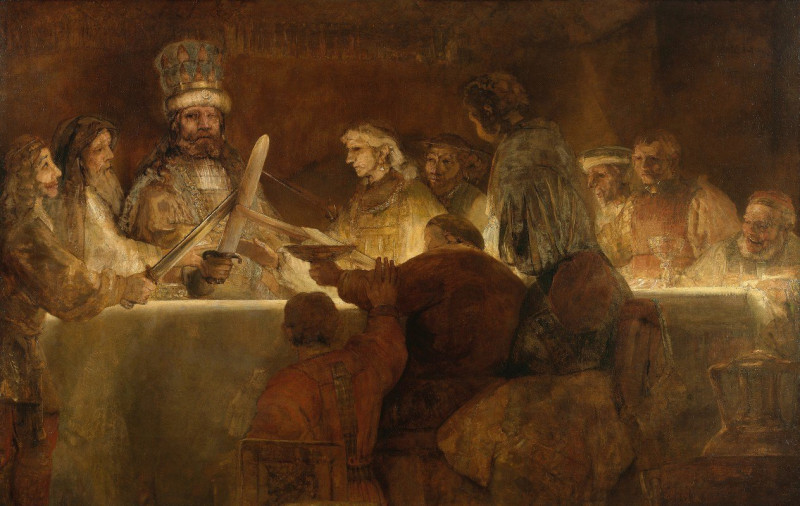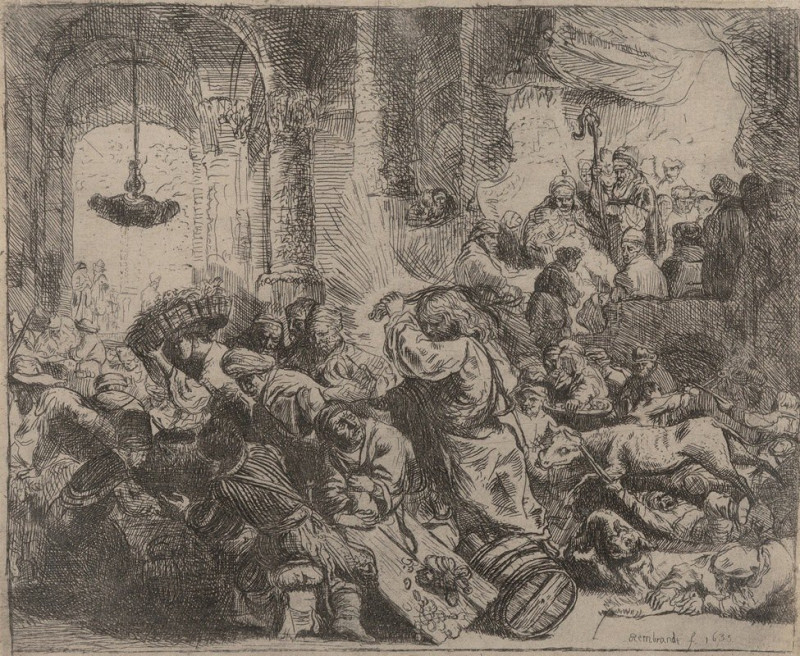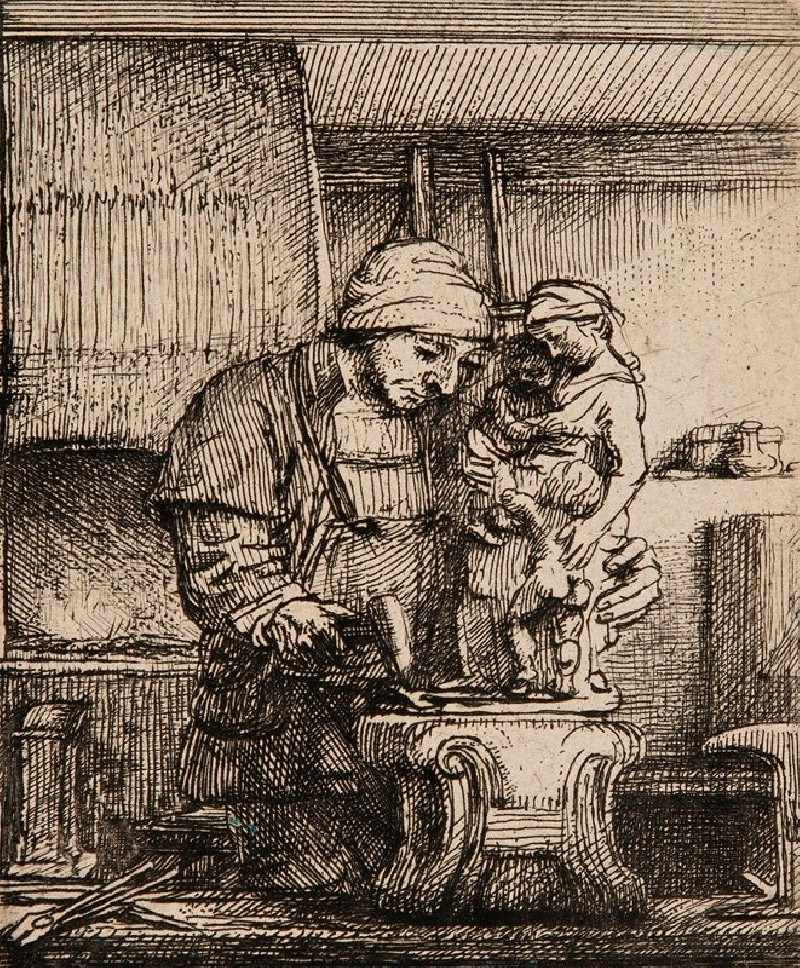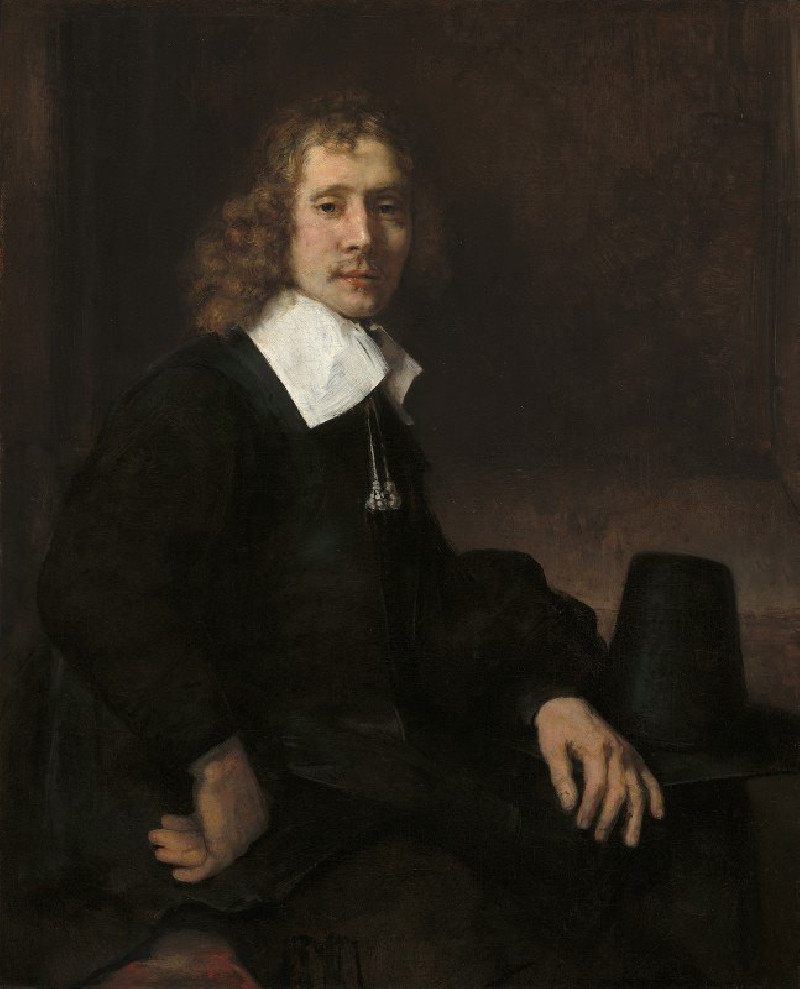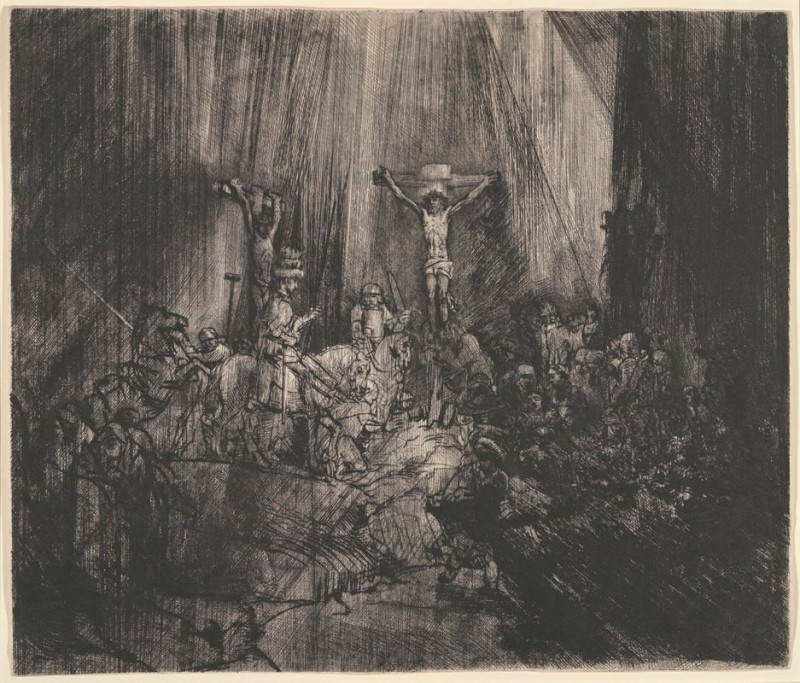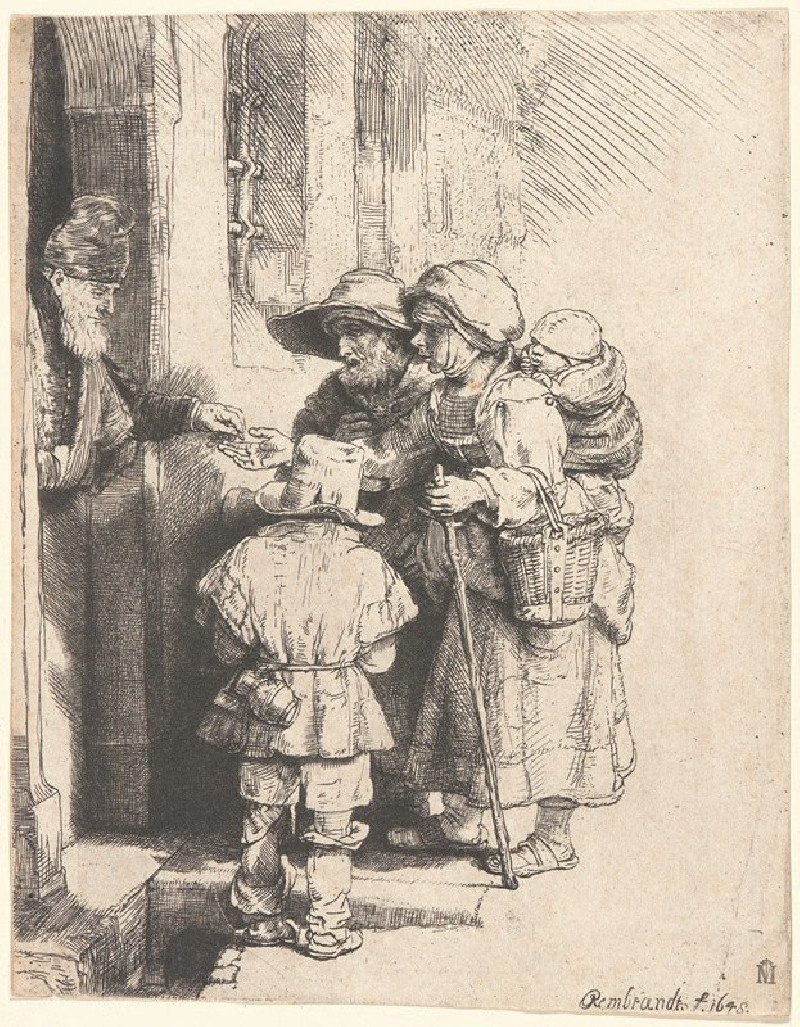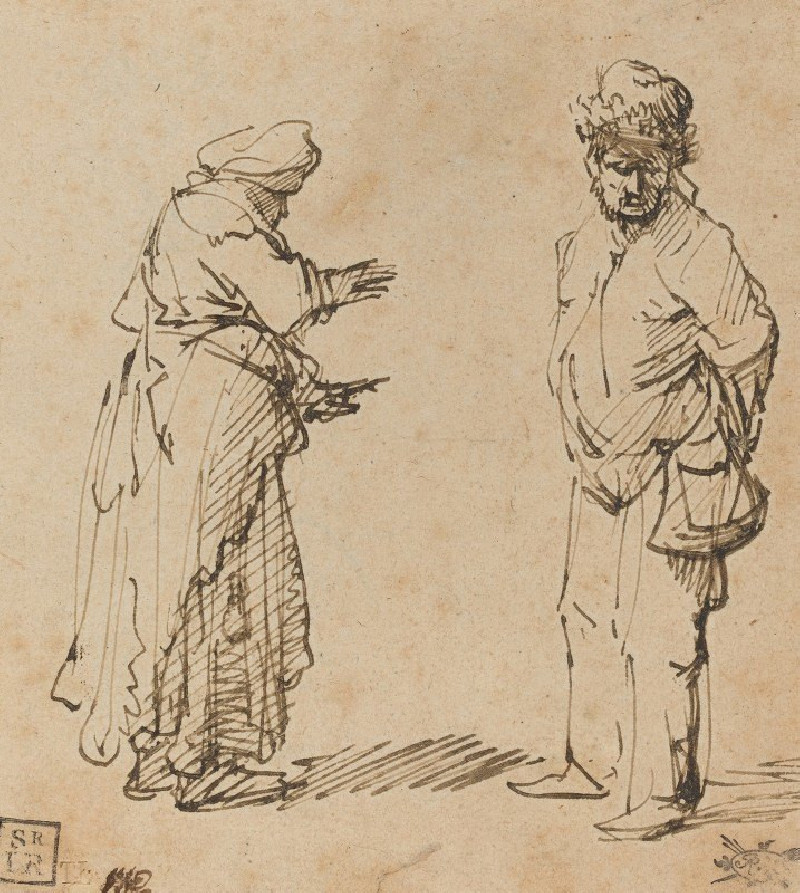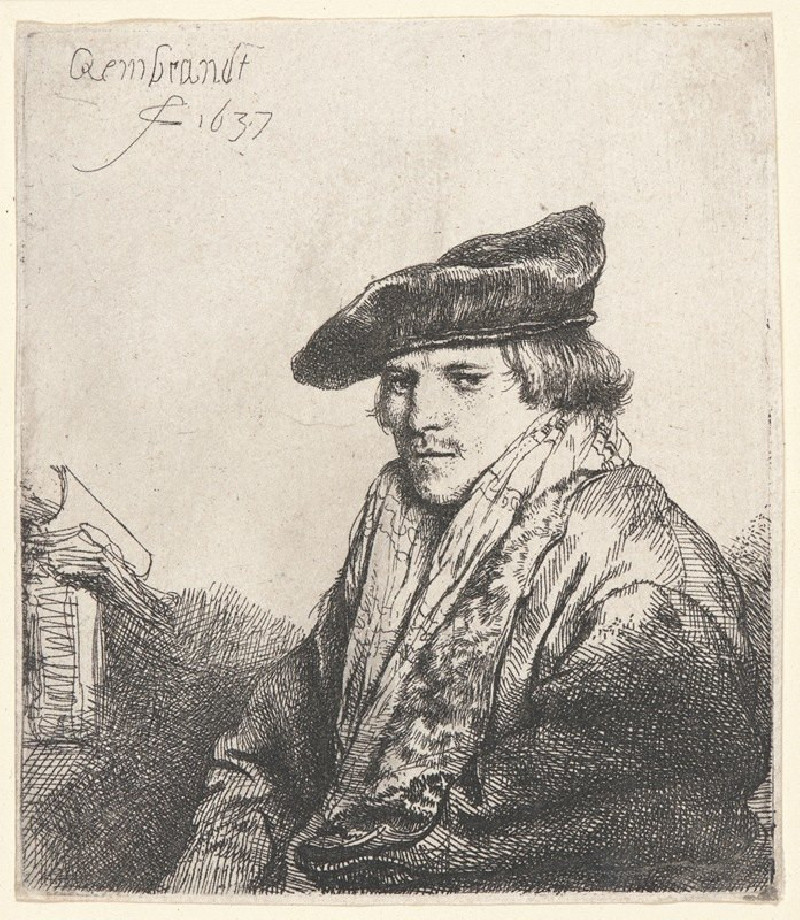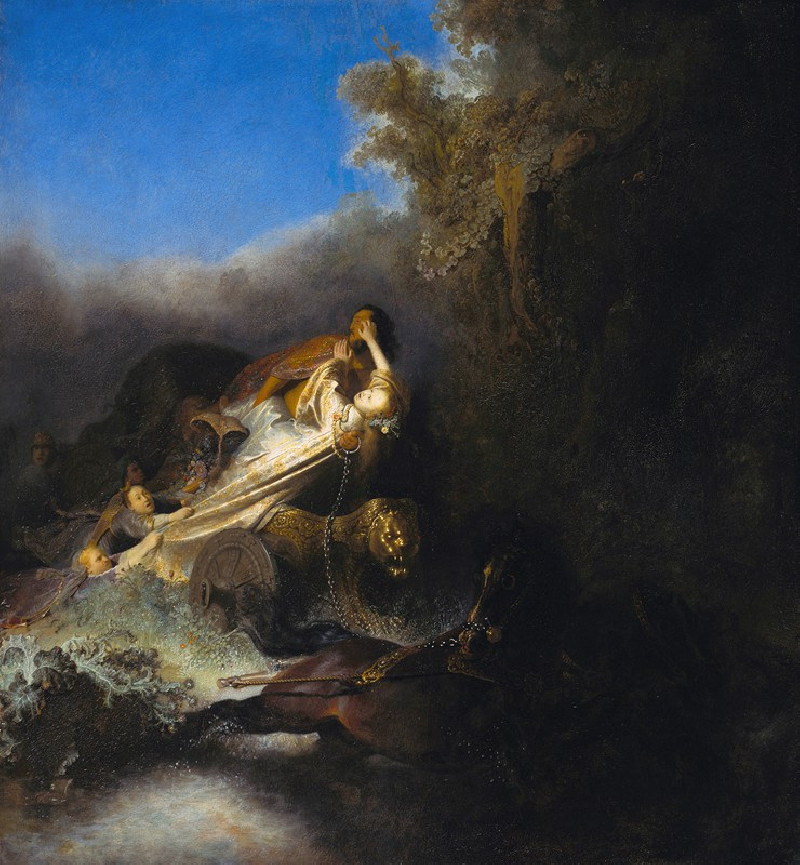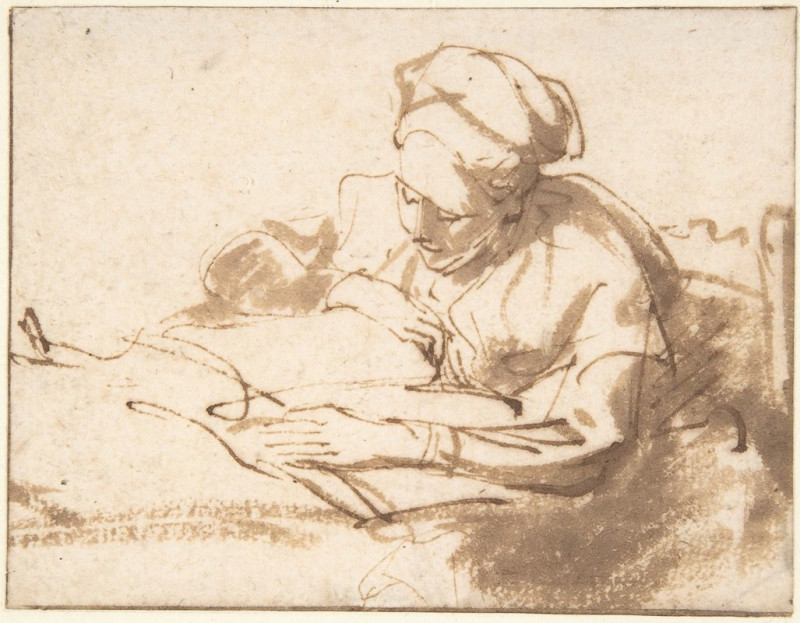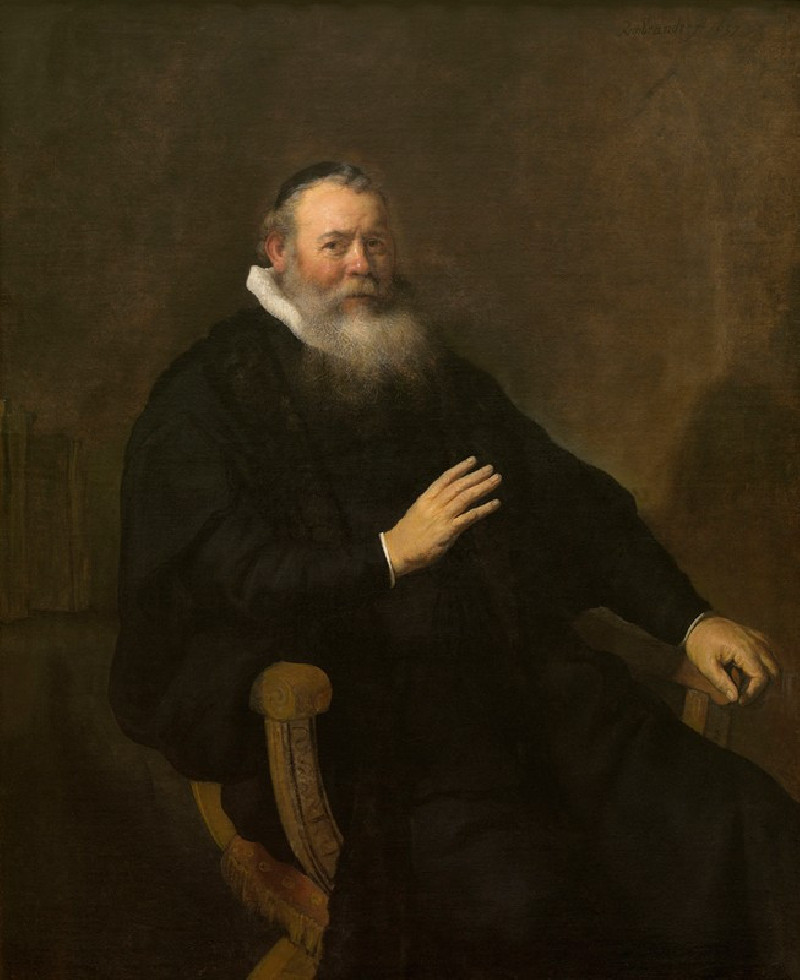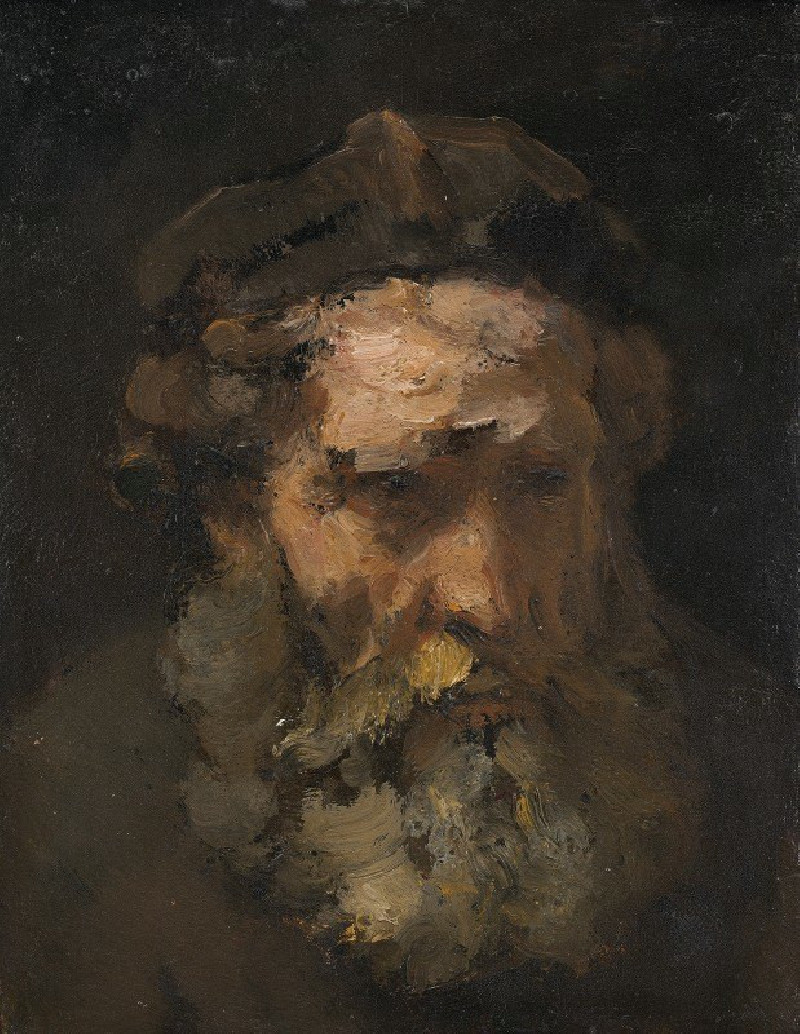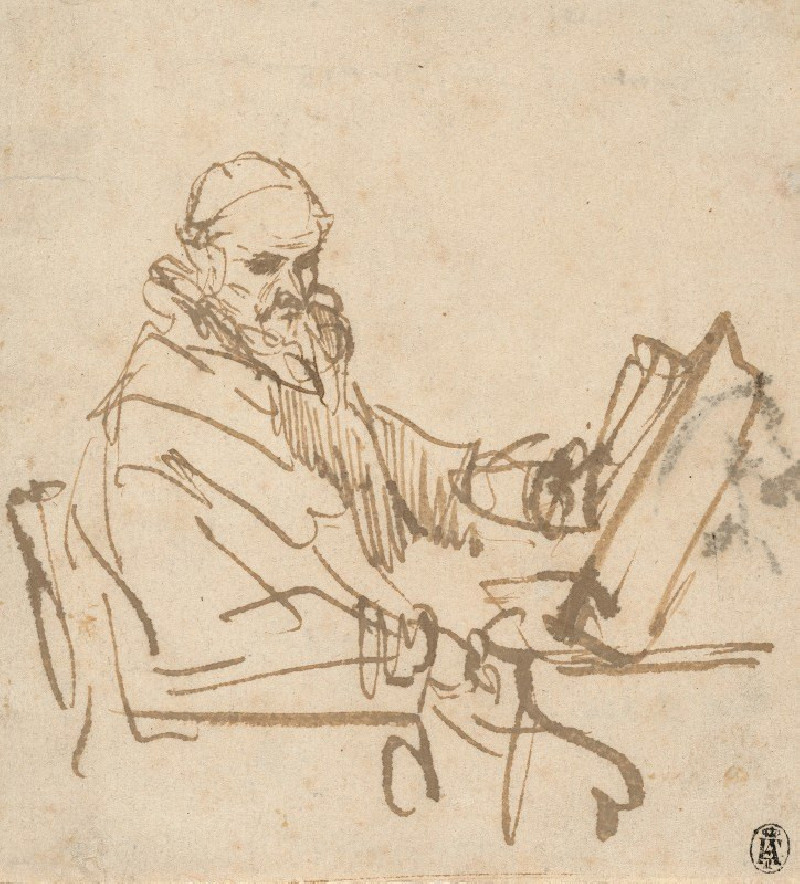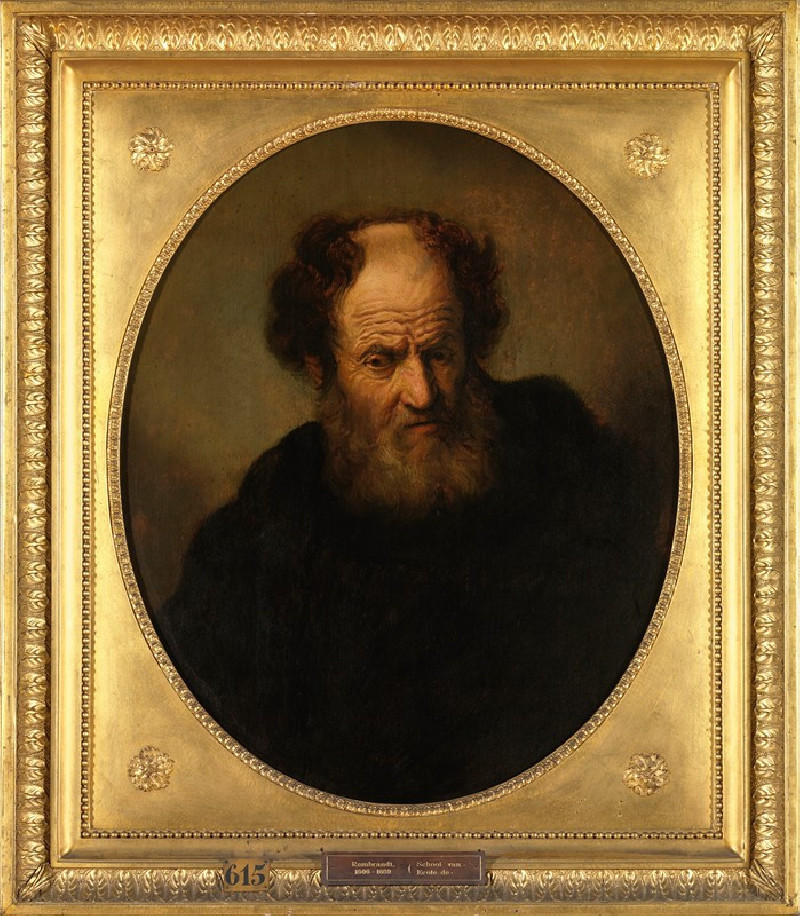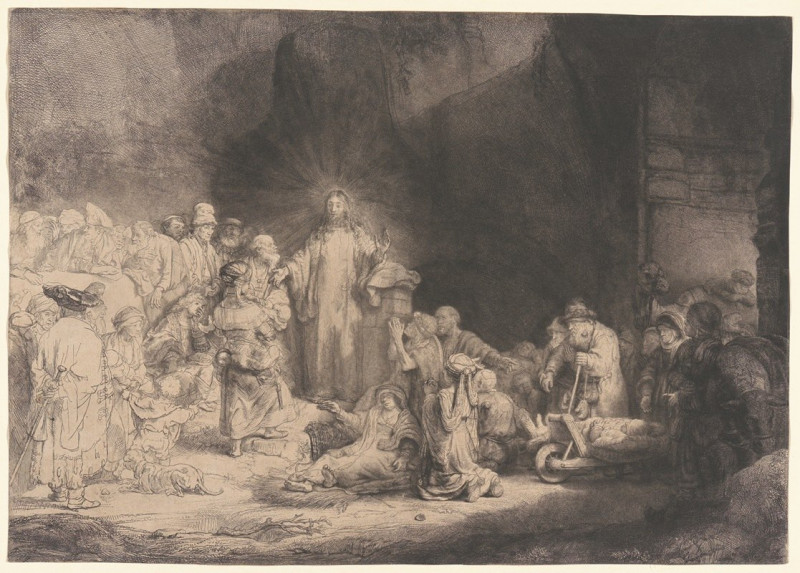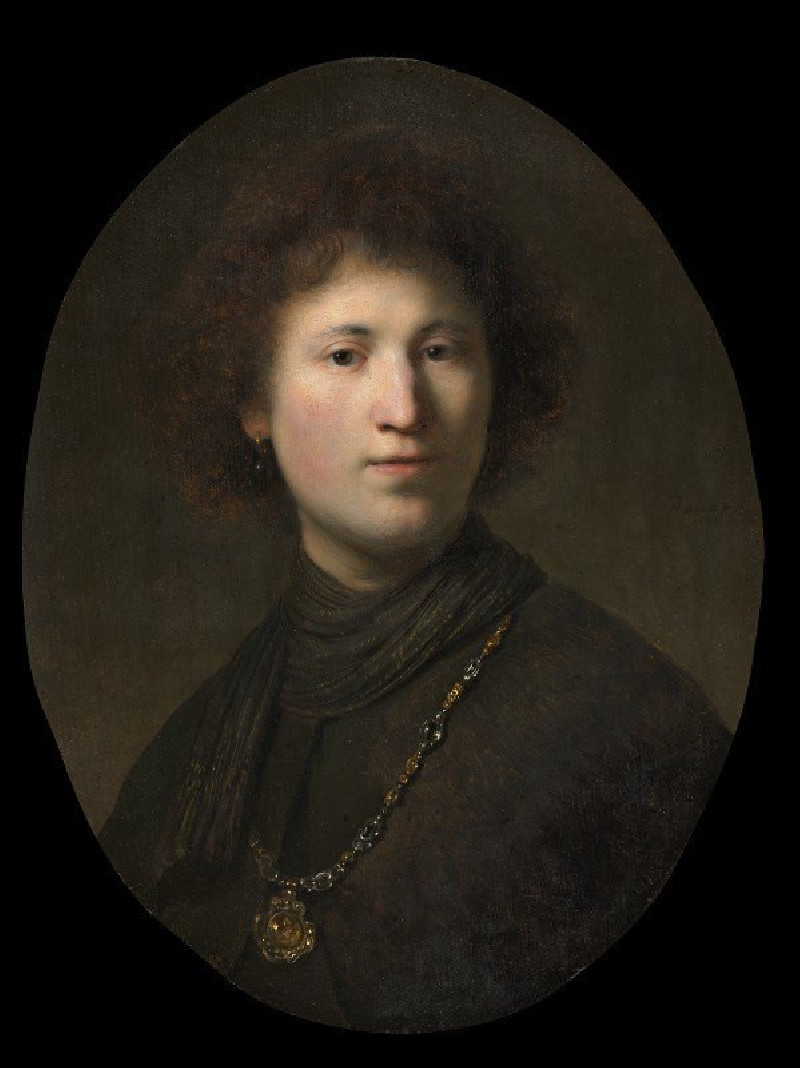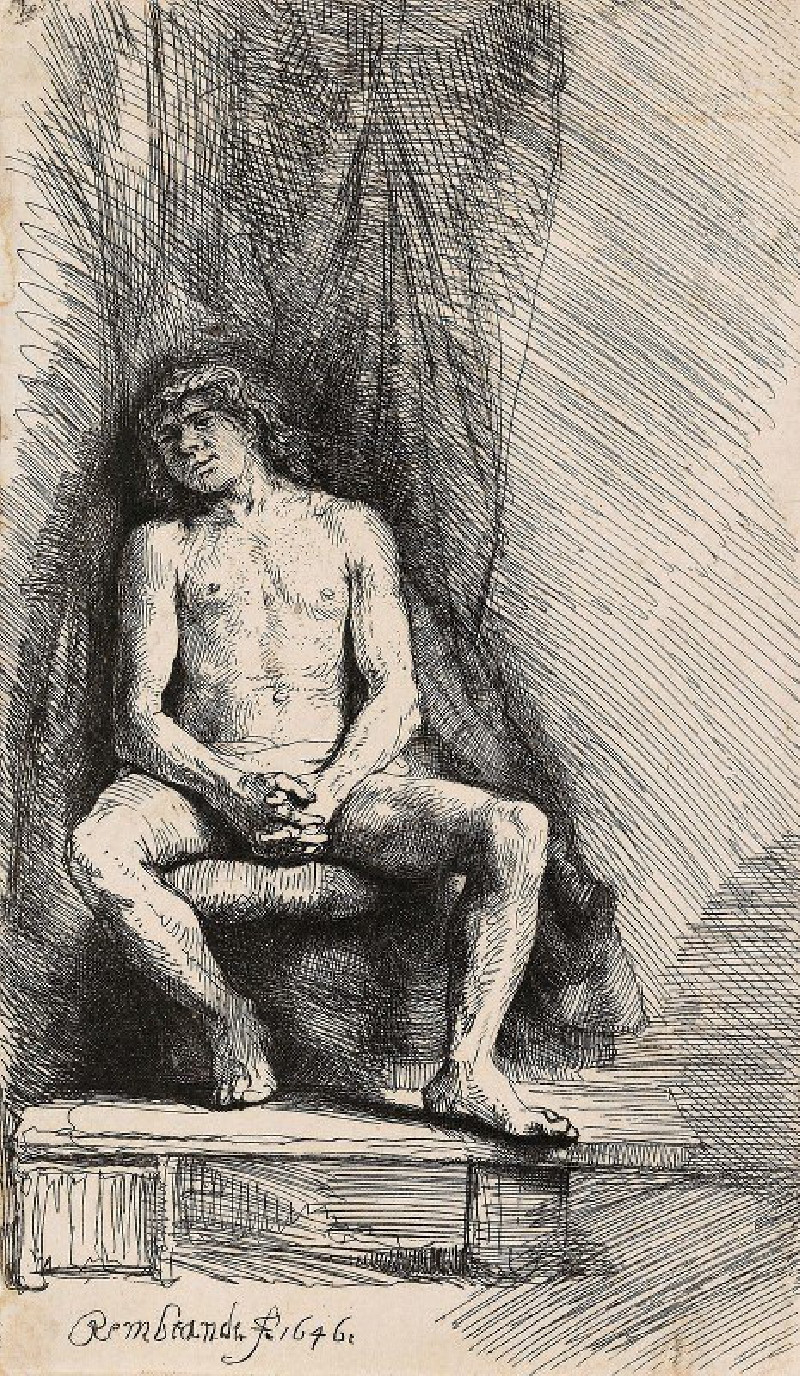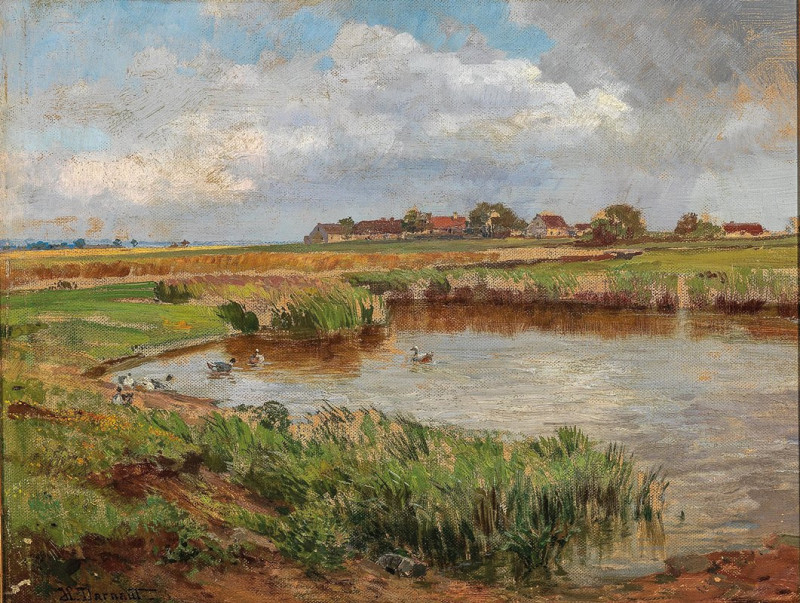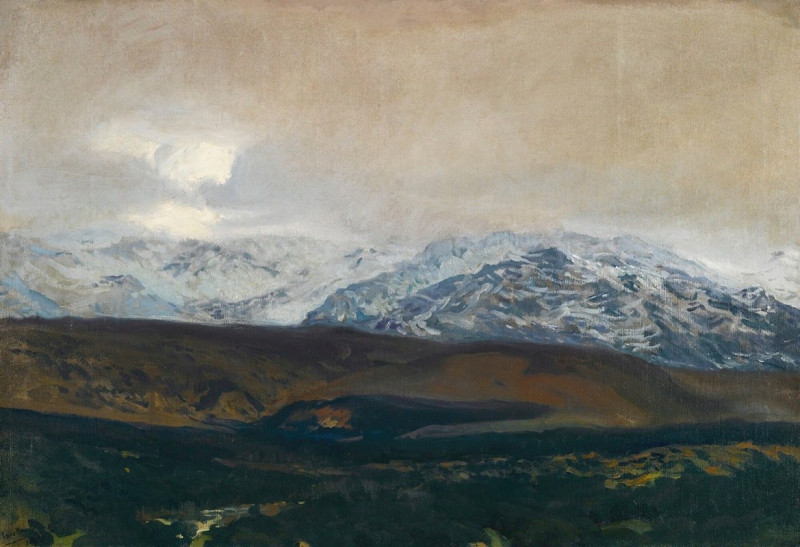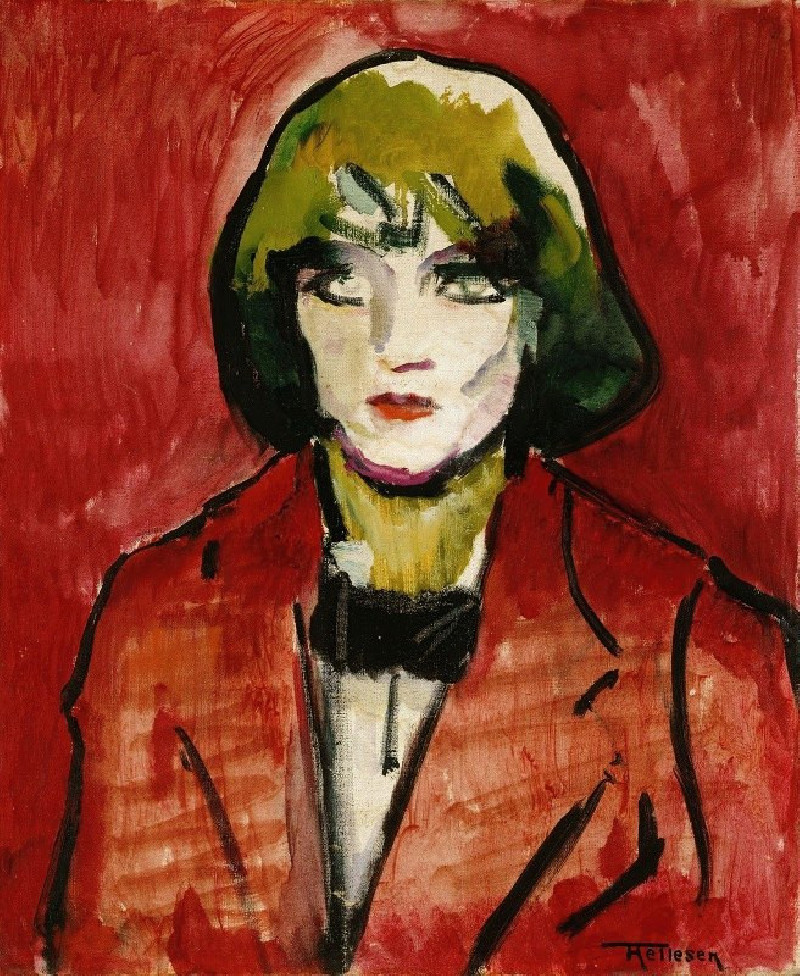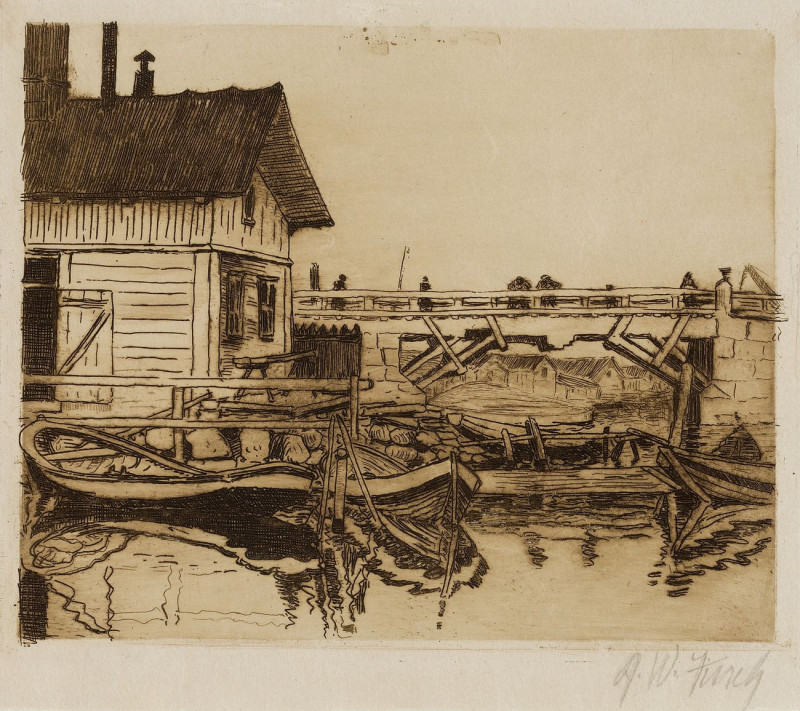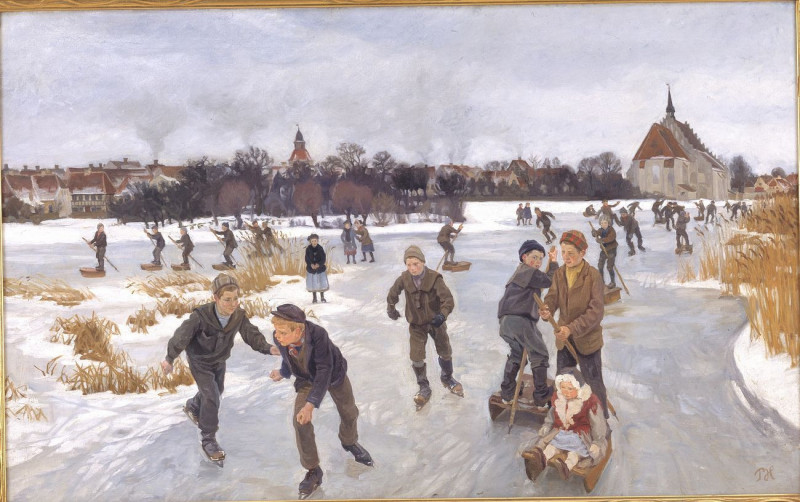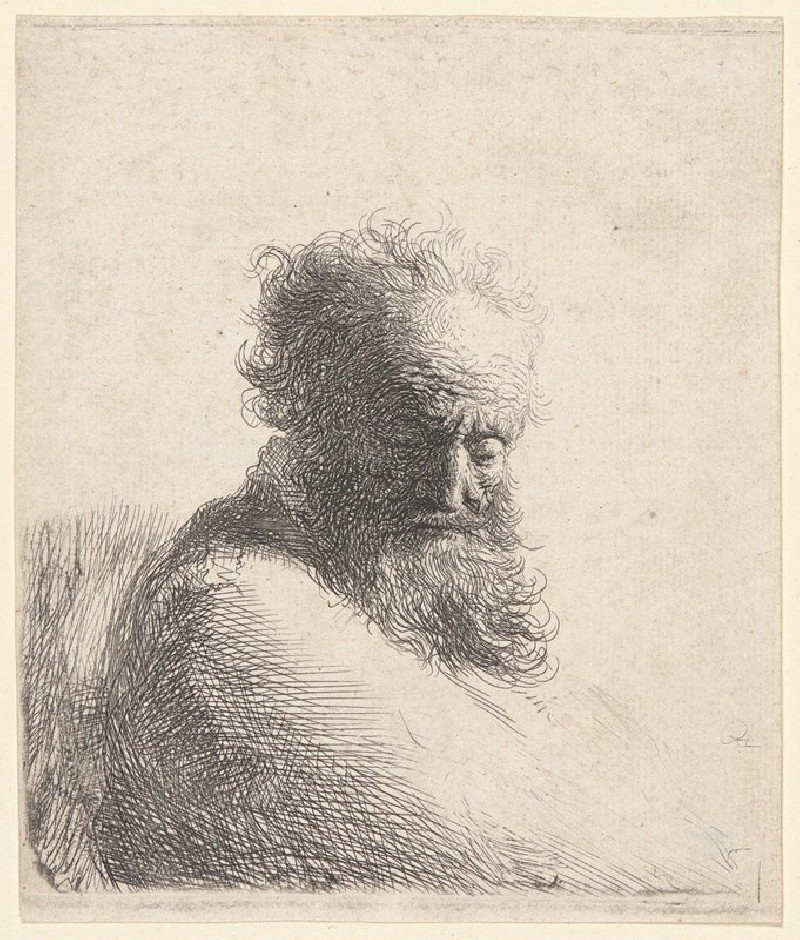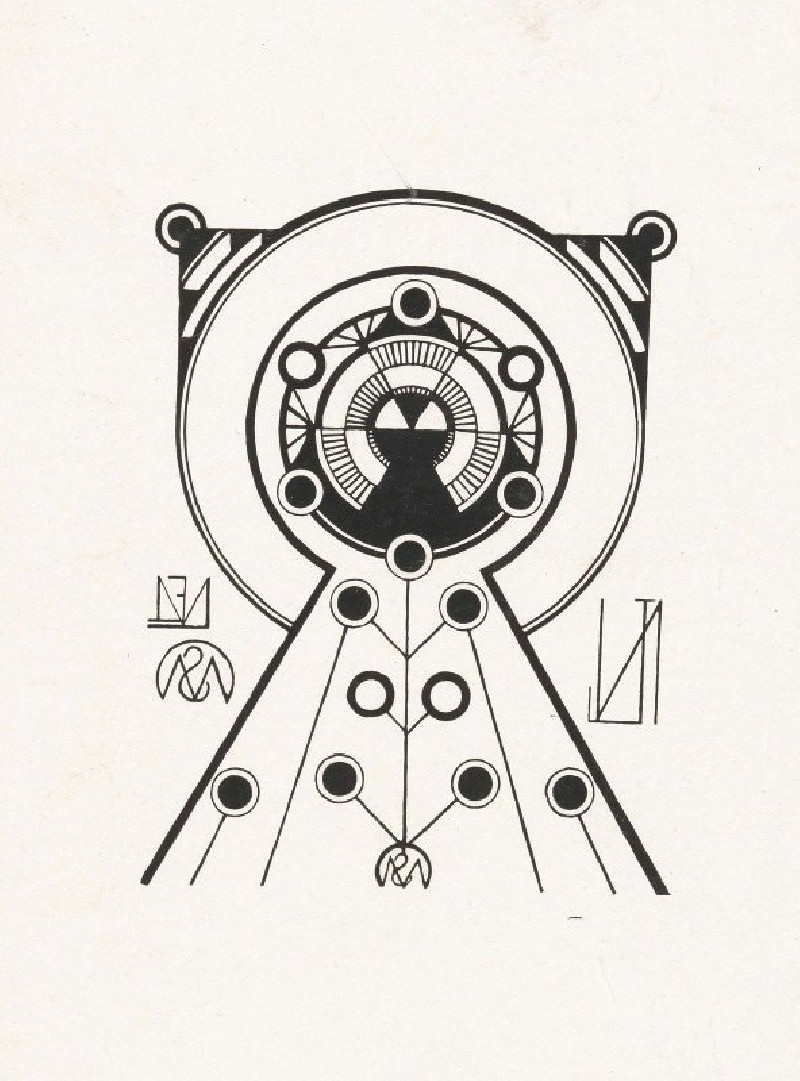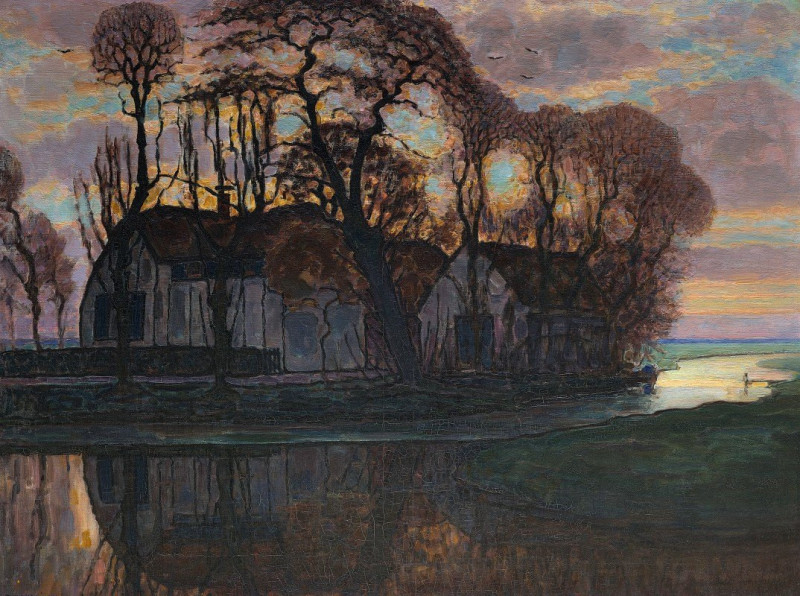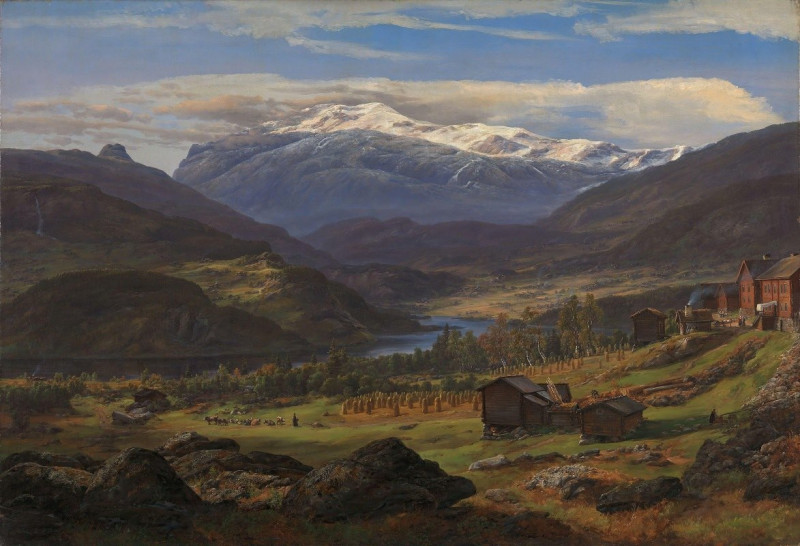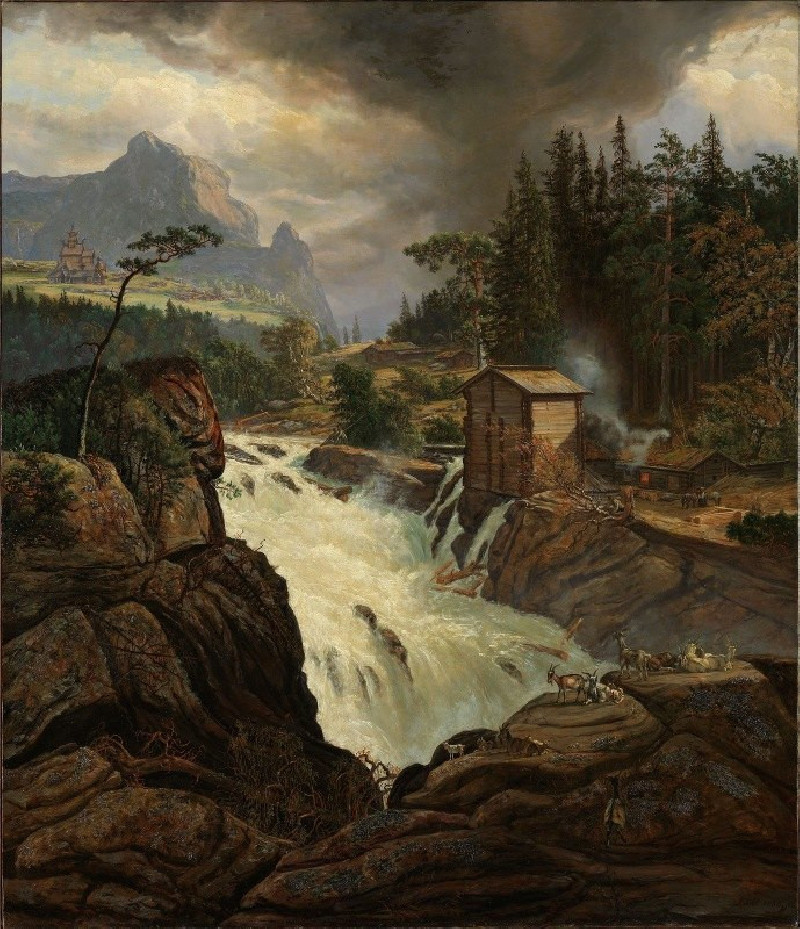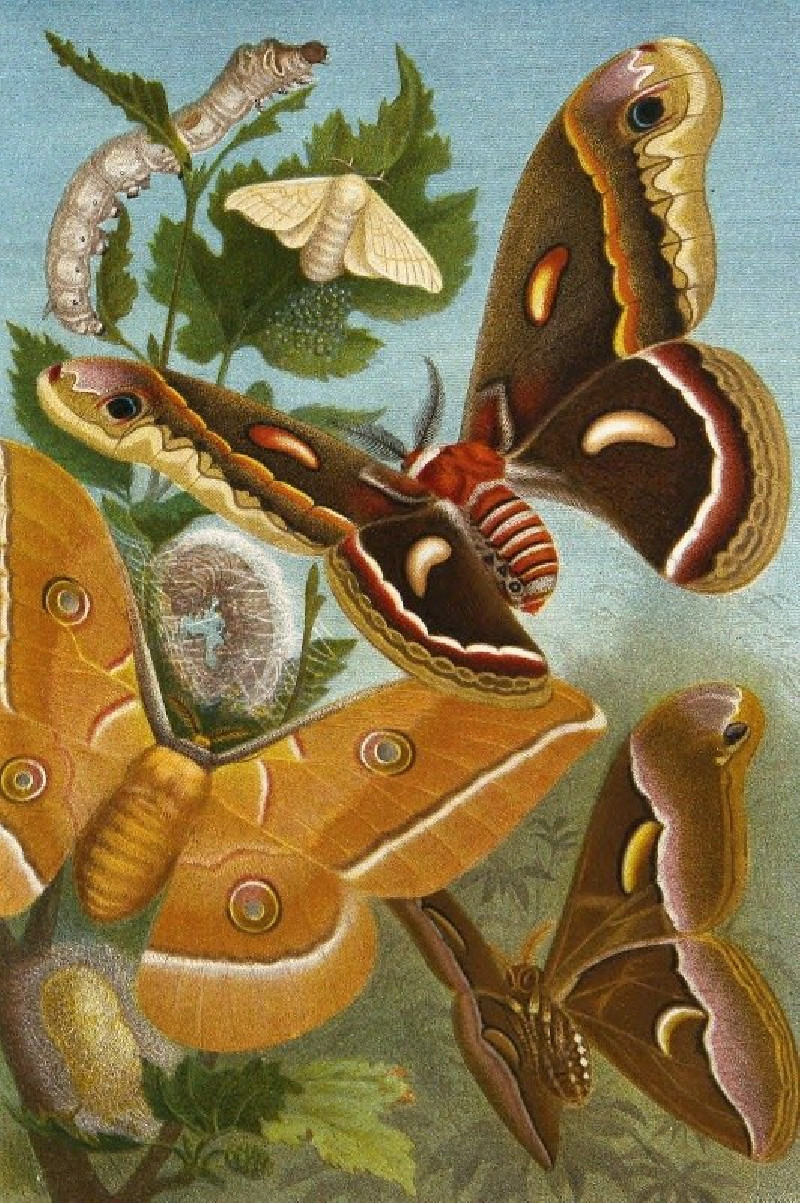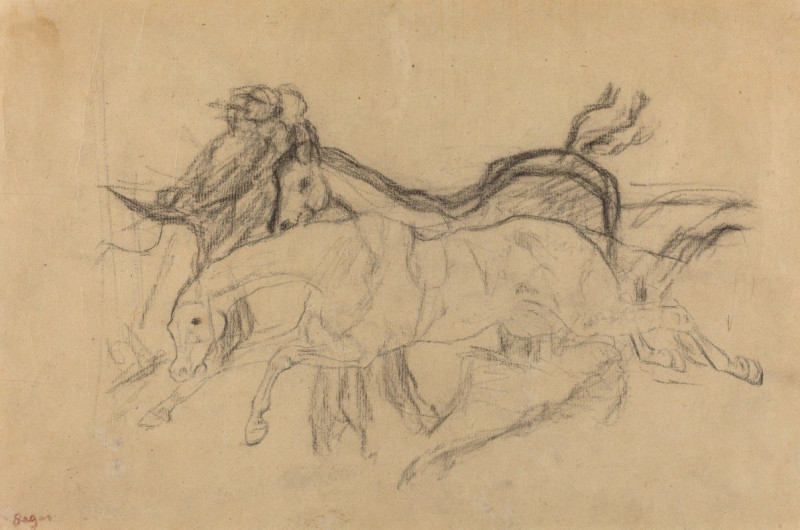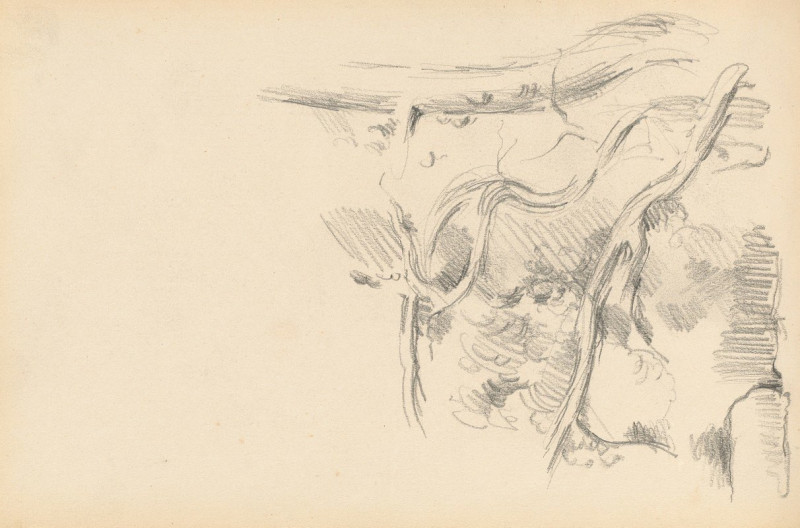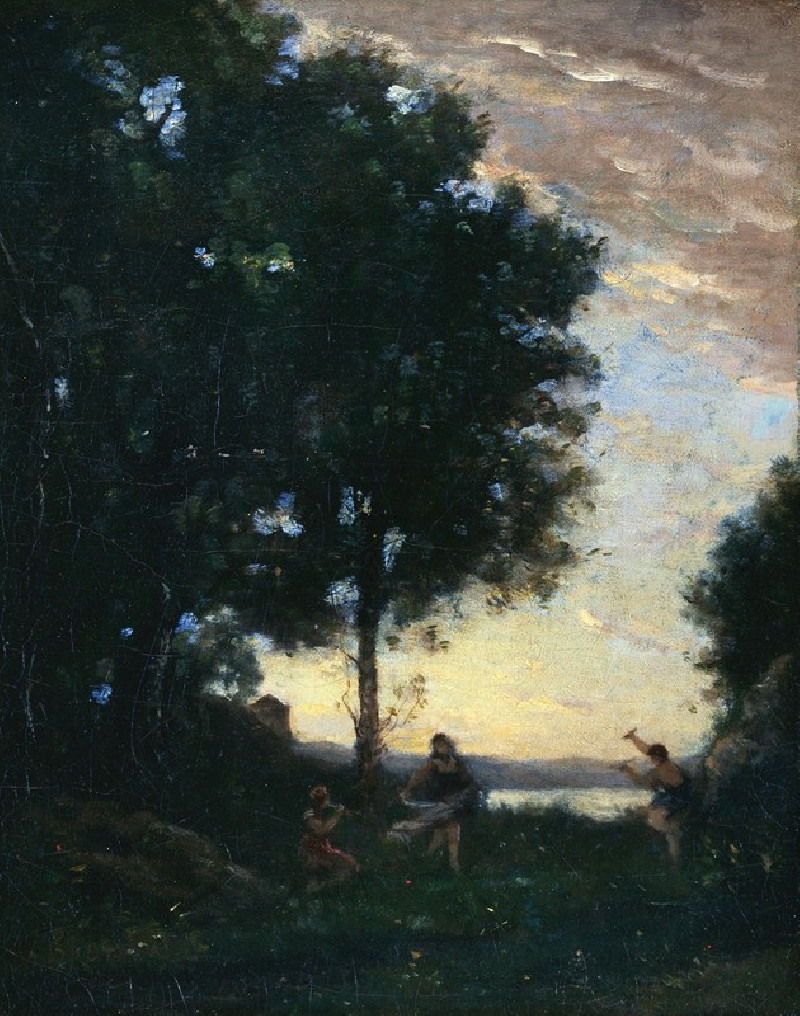The Abduction of Europa (1632)
Technique: Giclée quality print
Recommended by our customers
More about this artwork
A masterful depiction of classical mythology, Rembrandt van Rijn's painting, "The Abduction of Europa," portrays a compelling narrative from Ovid’s Metamorphoses. Captured in Rembrandt’s signature dramatic style, the scene immortalizes the story of Jupiter, the king of gods, who disguised himself as a white bull to seduce and abduct Europa, a Phoenician princess.In this evocative painting, Europa is seen helplessly seated on the back of the gentle yet deceitful bull, crossing a shallow expanse of water. The bull’s calm demeanor belies the underlying tension of the abduction. Europa's posture and expression convey both surprise and resignation, captured in the midst of realization and perhaps even impending acceptance of her fate.To the left of the painting, we see a dramatic, darkened landscape that helps frame the central drama. Contrastingly, the scene is lit with a subtle infusion of light, highlighting Europa and the bull, thus drawing the viewer’s attention directly to them. On the right, we observe a group of Europa’s companions in the midst of various reactions—ranging from disbelief to despair—as they witness the unfolding drama. One figure leans over a slumbering companion, attempting to rouse him, signaling the urgency and shock of the moment.In the backdrop, Rembrandt hints at a distant cityscape, adding a layer of depth and context to the narrative, suggesting perhaps the civilization that Europa is being taken away from.
Delivery
Returns
Rembrandt Harmenszoon van Rijn was a Dutch draughtsman, painter, and printmaker. An innovative and prolific master in three media, he is generally considered one of the greatest visual artists in the history of art and the most important in Dutch art history. Unlike most Dutch masters of the 17th century, Rembrandt's works depict a wide range of style and subject matter, from portraits and self-portraits to landscapes, genre scenes, allegorical and historical scenes, and biblical and mythological themes as well as animal studies.

